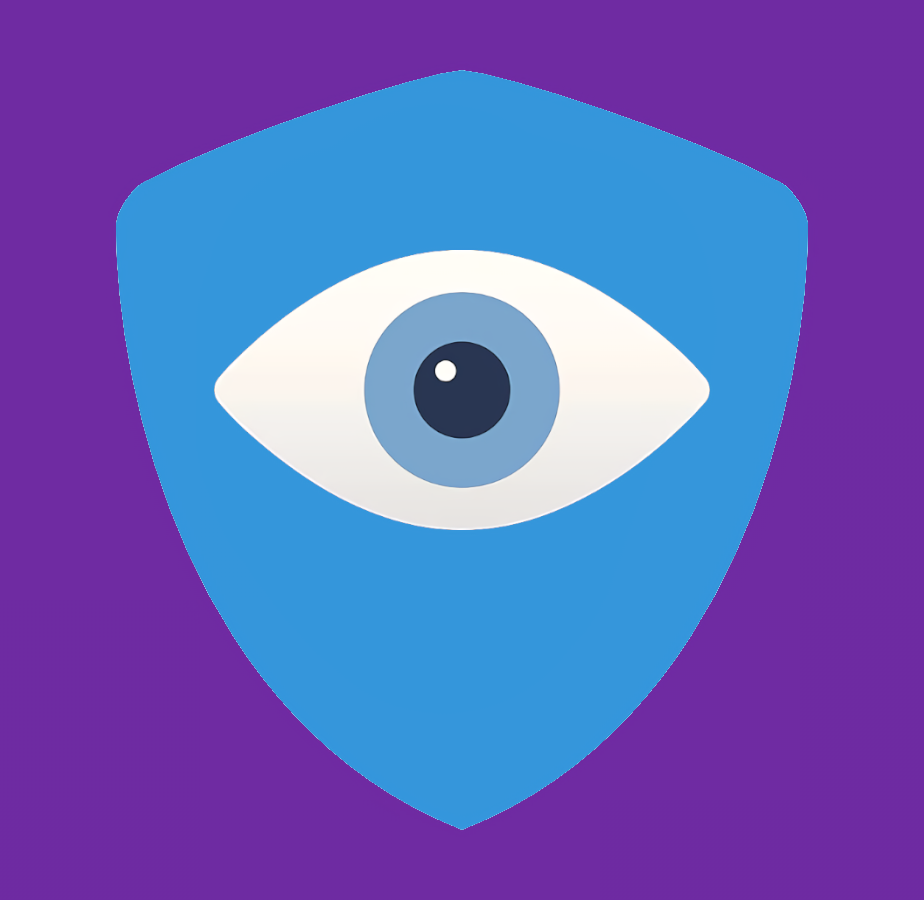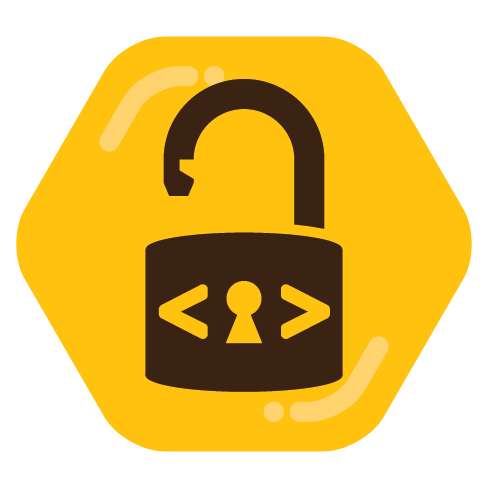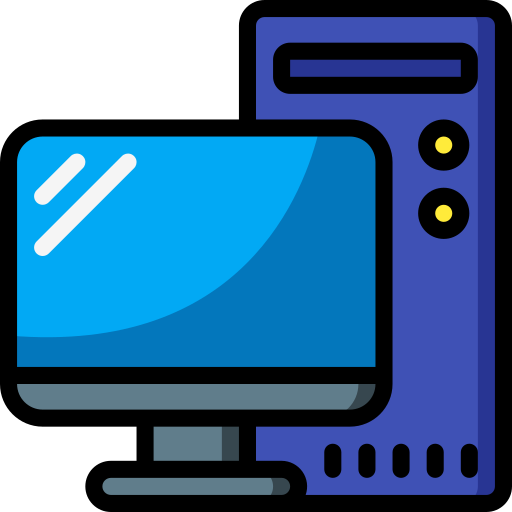

You could enable advanced mode I uBlock and then disable “3rd party” in the uBlock popup. Then allow list the few sites you want to see content from.
I’m the Never Ending Pie Throwing Robot, aka NEPTR.
Linux enthusiast, programmer, and privacy advocate. I’m nearly done with an IT Security degree.
TL;DR I am a nerd.


You could enable advanced mode I uBlock and then disable “3rd party” in the uBlock popup. Then allow list the few sites you want to see content from.


What you want is Xournal++
It allows creating a layer which can be saved as a separate file and edited later, then if you want a modified PDF with the overlaid changes just “export as PDF”


It is source available, not open source.


I think mineclonia is more accurate for Redstone.
Understandable. The name is a play on the Bromite, which is the dead project Cromite forked from.


Officially from the Tor Project there is also oniux. From the blog, “a small command-line utility providing Tor network isolation for third-party applications using Linux namespaces”.
Android private spaces dont share the same network namespace, meaning a VPN in the main profile wouldn’t effect anything inside the private space.


It seems alright. Your performance problems might be intentional from YouTube because it detects adblocking idk.


Hell yeah!


That will be even more susceptible to malware because Linux is easier to hack than iOS or Android. Linux has a weak threat model against malicious software.


I liked qdirstat
Seconding fish shell. Very nice experience and the only real downside (or upside depending on perspective) is the non-POSIX syntax for some things.


If all you need is a simple note taking app, I recommend Notesnook. It is free and open source and offers E2EE cloud syncing. That is what I used as a Google keep alternative. Silverbullet is good, but may be too feature-full for something as simple as a Keep replacement.


I use Varia as my graphical download manager. It has download acceleration built in thanks to aria2. I get often double or triple the download speed (depending on the website). For example, when I downloaded the Fedora Workstation ISO from fedoraproject I got download speeds from 18mbs normal to 60mbs with Varia. Free and open source of course, available on Windows and Linux.


Include mode, selecting your Torrent app.
Pretty good unless your game doesnt enable anticheat support for Linux like the battlefield games or fortnite for example. Performance per game is either on par or better than Windows. Game support can be checked on https://protondb.com/


Varia is a download manager written using GTK4. Simple, easy, and best of all speeds up downloads significantly on most sites. There also is a extension for Chromium and Firefox, but I haven’t tried them.
I dont know